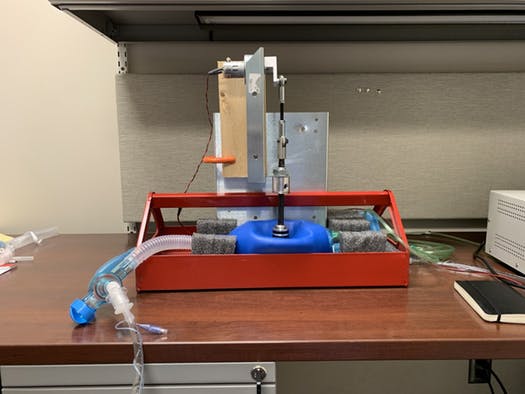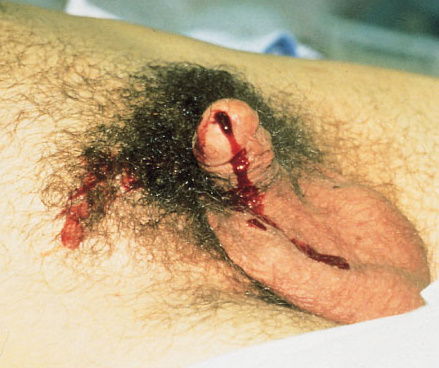When one works in the trauma field, or medicine in general, we deal with the need for sterility all the time. We use equipment and devices that are sterile, and we administer drugs and fluids that are sterile. In surgery, we create sterile fields in which to use this sterile stuff.
In the past few years, we’ve come to the realization that the sterility we take for granted may not always be the case. There have been several cases of contaminated implanted hardware. And a few years ago, supposedly sterile injectable steroids were found to be contaminated with fungus, leading to several fatal cases of meningitis.

An article in the New England Journal of Medicine brings a bizarre problem to light: microbial stowaways in the topical products we use to sterilize things. Most drugs and infused fluids are prepared under sterile conditions. However, due to the antimicrobial activity of topical antiseptics, there is no requirement in the US that they be prepared in this way.
A number of cases of contamination have been reported over the years:
- Iodophor – contamination with Burkholderia and Pseudomonas occurred during manufacture, leading to dialysis catheter infection and peritonitis
- Chlorhexidine – contaminated with Serratia, Burkholderia and Ralstonia by end users, leading to wound infections, catheter infections, and death
- Benzalkonium chloride – contaminated with Burkholderia and Mycobacteria by end users, causing septic arthritis and injection site infections
Bottom line: Nothing is sacred! This problem is scarier than you think, because our most basic assumptions about these products makes it nearly impossible for us to consider them when tracking down infection sources. Furthermore, they are so uncommon that they frequently may go undetected. The one telltale sign is the presence of infection from weird bacteria. If you encounter these bugs, consider this uncommon cause. Regulatory agencies need to get on this and mandate better manufacturing practices for topical antiseptics.
Reference: Microbial stowaways in topical antiseptic products. NEJM 367:2170-2173, Dec 6 2012.







